Rank Higher & Grow Faster
Effortlessly grow your online reputation with automated Google review solutions designed to bring in more customers, build trust, and drive business success.
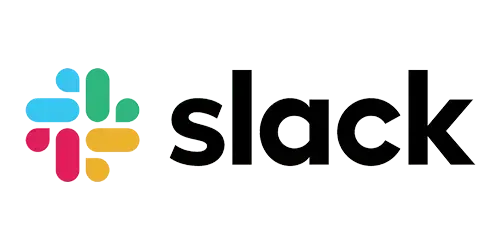
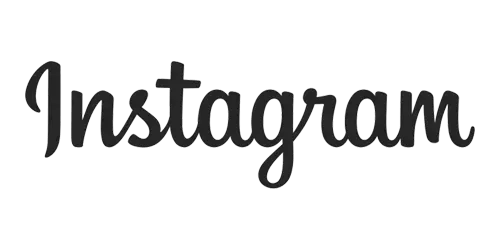



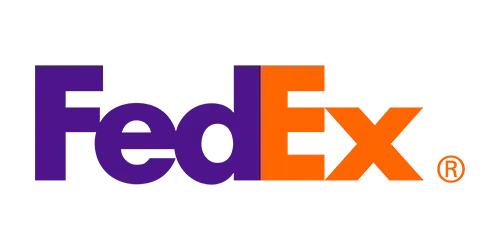




We make building your business’s online reputation easier than ever.
Our automated Google review tools ensure you stand out from the competition by turning happy customers into loyal brand advocates.
Automated Review Requests
Send personalized review invites via text or email to your customers after every transaction.
Automated Review Responses
No more manually responding to reviews. We will create and post a personalized response to each review.
Smart Review Routing
Direct satisfied customers to Google and filter negative feedback for private resolution.
Increased Visibility
Our automated Google review tools ensure you stand out from the competition by turning happy customers into loyal brand advocates.
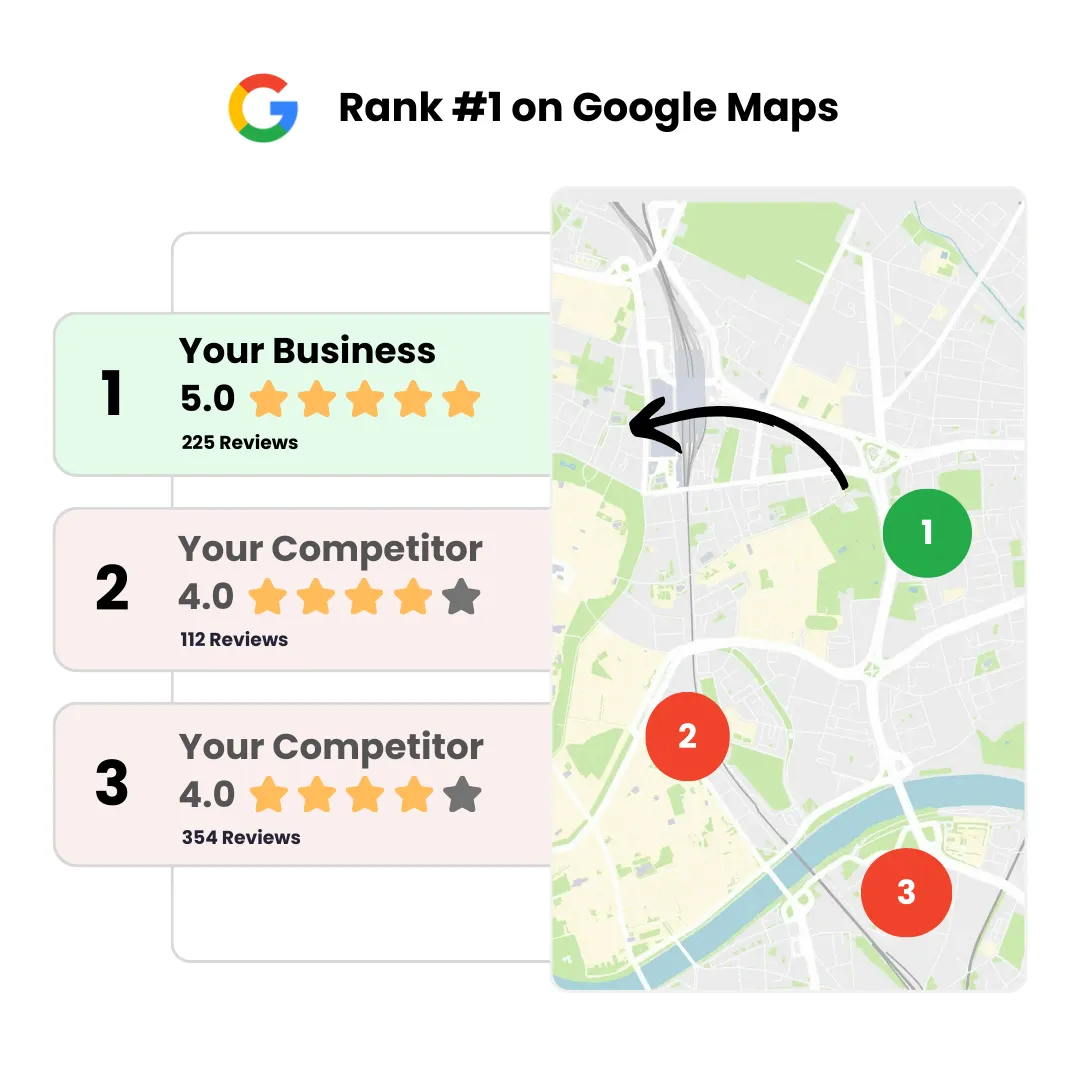
Enhanced Trust
Build credibility with a steady flow of authentic reviews.
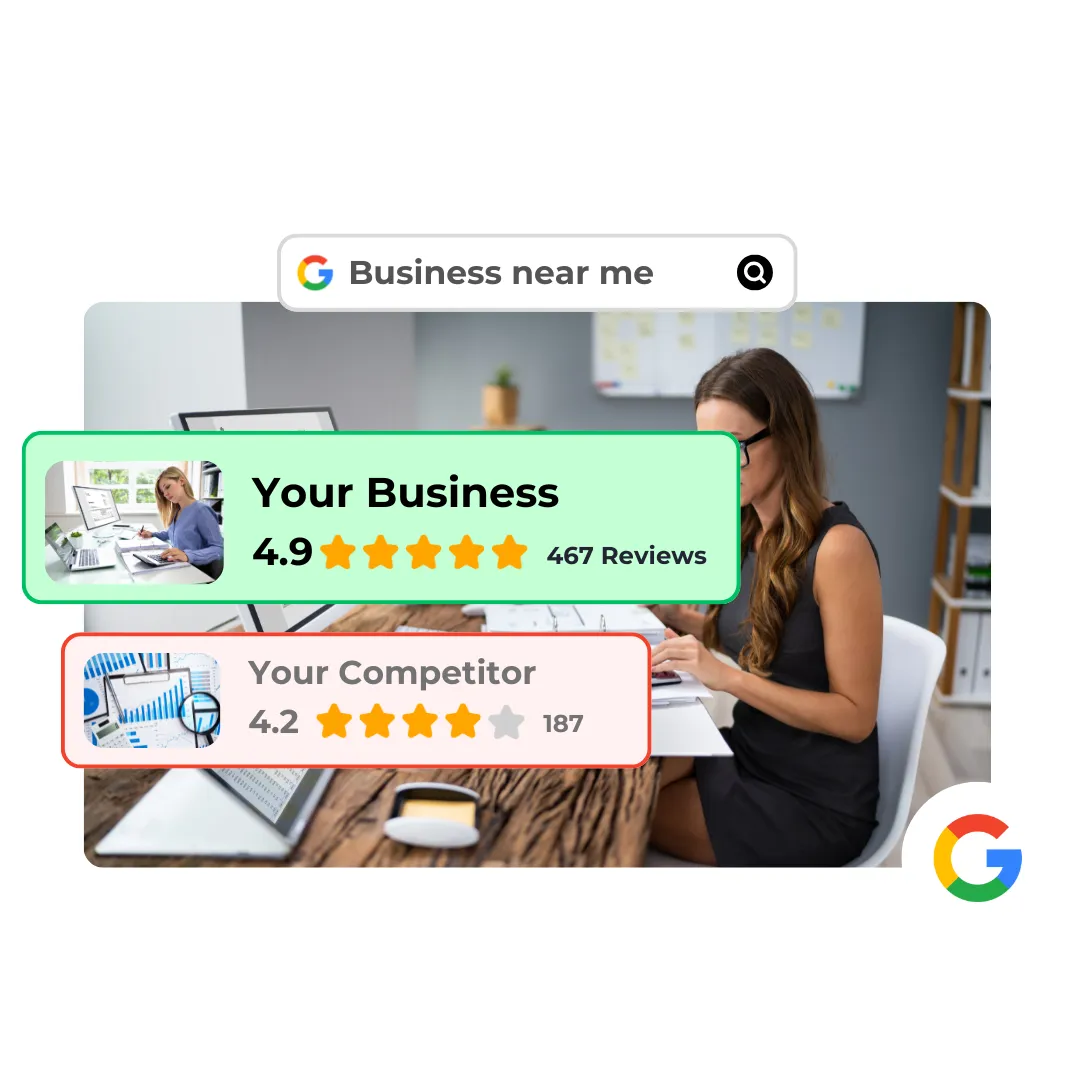

Enhanced Trust
Build credibility with a steady flow of authentic reviews. 84% of people trust online reviews as much as a personal recommendation. Let your reviews do the selling for you!
Save Hours
Save time with automation while focusing on what you do best – running your business. We will request, respond, and repurpose your reviews for you. So you never have to worry about reviews again.

Get Started in 3 Steps
Our simple, three-step process takes the hassle out of collecting Google reviews, so you can focus on running your business while we handle the rest.
1.
Sign Up and Customize
Create your account, connect your Google Business Profile, and personalize your review requests.
2.
Automate Review Invites
Our system automatically sends review requests to customers after every interaction via text or email.
3.
Watch Your Reviews Grow
Sit back and watch your Google reviews increase with our intuitive dashboard.
Affordable Plans for Every Business
Starter PLAN
$99/m
50 Requests Per Month
Review Response AI
Personalized Images
Social Review Posting
Automated Requests
CRM Integration
Review Routing System

14 Days Free - Cancel Anytime
Growth PLAN
$199/m
100 Requests Per Month
Review Response AI
Personalized Images
Social Review Posting
Automated Requests
CRM Integration
Review Routing System

14 Days Free - Cancel Anytime
pro PLAN
$299/m
300 Requests Per Month
Review Response AI
Personalized Images
Social Review Posting
Automated Requests
CRM Integration
Review Routing System

14 Days Free - Cancel Anytime
Why Google Reviews Matter – The Numbers Speak for Themselves
92%
Of consumers read online reviews before choosing a local business.
72%
Of customers won’t take action until they read a positive review.
54%
More revenue is earned from businesses with 40+ reviews than competitors,
84%
Of people trust online reviews as much as a personal recommendation.
Get Started for Free Today!
Your business deserves the credibility and trust that comes with a strong online presence. With our automated Google review solution, you can effortlessly collect more reviews, attract new customers, and stay ahead of the competition.
See Our Frequently Asked Questions
We know you might have questions—so we’ve answered the most important ones right here. Learn how our automated system helps you collect more reviews, improve your reputation, and grow your business with ease.
What is Google review automation, and how does it work?
Google review automation simplifies the process of collecting reviews by automatically sending personalized image requests to your customers via email or text after an interaction. We do this by integrating into your existing systems and automating the review request process. It ensures consistent growth in your reviews without extra effort on your part.
Why are Google reviews important for my business?
Google reviews improve your online reputation, increase visibility in search results, build trust with potential customers, and help drive more traffic and sales to your business.
How quickly will I see results?
Many of our clients see an increase in their Google reviews within the first 30 days of using our service. The exact timing depends on the volume of customer interactions your business has.
Is there a free trial available?
Yes, we offer a 14-day free trial so you can experience the benefits of our platform before committing to a plan.
Are there any contracts or commitments?
No, our plans are subscription-based with no long-term contracts. You can cancel anytime without penalties.

